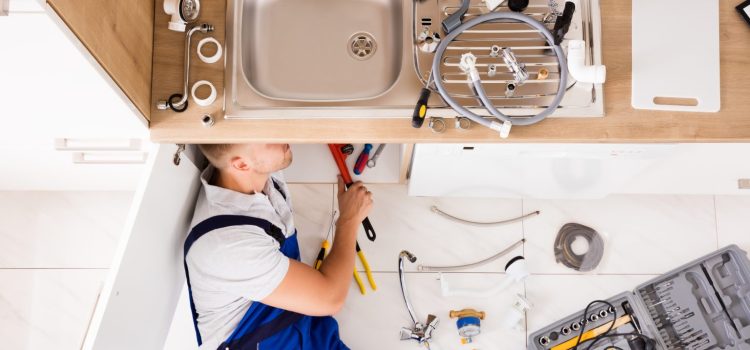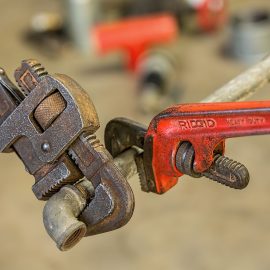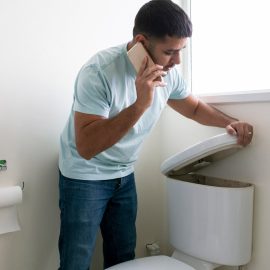
When it comes to plumbing, the devil is often in the details. Among these crucial details are the types of fittings used to connect pipes and components in water and gas systems. Bicone fittings, known for their reliability and ease of assembly, are a staple in the toolkit of any seasoned plumber. This guide will walk you through the essentials of choosing, installing, and troubleshooting bicone fittings, ensuring your plumbing projects are leak-free and durable.
Understanding Bicone Fittings
Bicone fittings, also referred to as compression or ferrule fittings, consist of a body, a nut, and a ring (or ferrule) that compresses onto a tube as the nut is tightened, creating a watertight seal. These fittings are favored for their ability to make secure connections without the need for soldering, making them ideal for quick repairs and installations in tight or hard-to-reach places.
Choosing the Right Fitting
The first step to success with bicone fittings is selecting the correct size and material for your specific application. Fittings come in various materials, including brass, copper, and stainless steel, each suited to different types of piping and pressures. Ensure the size of the fitting matches the outer diameter of the pipe you’re working with for a snug fit.
Installation Tips and Tricks
Proper installation begins with preparation. Ensure your pipes are cut cleanly and free from any burrs or debris. A clean, smooth end allows the ferrule to grip the pipe more effectively, reducing the risk of leaks.
Step-by-Step Installation
- Slide the Nut onto the Pipe: Begin by sliding the nut over the end of the pipe, with the threads facing towards the end where the fitting will be installed.
- Position the Ferrule: Next, place the ferrule onto the pipe, narrow end first, until it rests snugly against the end of the pipe.
- Insert the Pipe into the Fitting Body: Carefully insert the pipe with the nut and ferrule into the fitting body. Make sure the pipe is inserted fully into the fitting’s tube stop.
- Tighten the Nut: Hand-tighten the nut onto the fitting body to secure the connection. Then, use two wrenches—one to hold the fitting body and another to tighten the nut—until it’s snug. Avoid over-tightening, as this can damage the ferrule and pipe, leading to leaks.
Achieving a Leak-Free Connection
The key to a leak-free connection is ensuring the ferrule compresses evenly around the pipe as the nut is tightened. If a leak is detected after installation, carefully tighten the nut a bit more. However, if the leak persists, disassemble the connection, inspect the ferrule and pipe for damage, and try again with new components if necessary.
Troubleshooting Common Issues

Even with the best preparation and installation techniques, issues can arise. Here are a few troubleshooting tips:
- Leaks at the Connection: If a leak occurs, slightly tighten the nut. If the leak continues, disassemble and check for damage or misalignment.
- Damaged Ferrule: A damaged ferrule can’t provide a proper seal. Replace it if you notice any cracks or deformation.
- Over-tightening: This common mistake can deform the ferrule or pipe, leading to leaks. If over-tightening has occurred, replace the affected components before attempting reassembly.
A Final Word on Bicone Fittings
Mastering the use of bicone fittings is a valuable skill for any plumber, offering a quick and reliable method for making pipe connections. With the right tools and techniques, you can ensure durable, leak-free installations that stand the test of time.
Securing Success with Every Connection
Bicone fittings are a testament to the principle that effective plumbing is all about precision and attention to detail. By choosing the right fittings, preparing your pipes correctly, and following the steps for a proper installation, you’ll minimize the risk of leaks and ensure the longevity of your plumbing projects.



